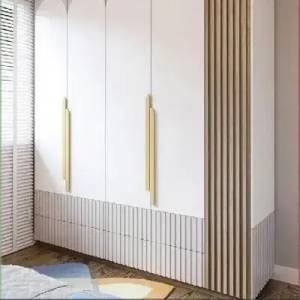Description
Acrylic: Versatility Redefined
Acrylic, also known as polymethyl methacrylate (PMMA) or plexiglass, is a remarkably versatile synthetic thermoplastic polymer. Its exceptional properties make it a popular choice across a wide range of applications, from art and design to industrial manufacturing and beyond.
Key Features & Benefits:
- Exceptional Clarity & Transparency: Acrylic boasts unparalleled optical clarity, exceeding that of glass in many instances. Its transparency allows for vibrant color reproduction and stunning visual effects.
- Lightweight yet Durable: Significantly lighter than glass, acrylic is surprisingly strong and resistant to shattering. It offers superior impact resistance, making it safer than glass in many applications.
- Weather Resistance: Acrylic displays excellent resistance to UV radiation, weathering, and temperature fluctuations, ensuring long-lasting performance both indoors and outdoors. This makes it ideal for exterior signage, displays, and architectural features.
- Easy to Work With: Acrylic is relatively easy to cut, shape, and polish, allowing for intricate designs and customized creations. It can be thermoformed, bent, and easily bonded using specialized adhesives.
- Variety of Colors & Finishes: Available in a wide range of transparent, translucent, and opaque colors, as well as various surface finishes (glossy, matte, textured), acrylic allows for limitless creative possibilities.
- Chemical Resistance: Acrylic possesses good resistance to many chemicals, although it's important to note that certain solvents and harsh chemicals can affect its integrity.
Applications:
- Art & Design: Creating sculptures, displays, jewelry, and custom artwork.
- Signage & Displays: Shop fronts, interior signage, promotional displays, and backlit panels.
- Architectural Features: Skylights, windows, partitions, and decorative elements.
- Automotive & Transportation: Protective shields, lighting covers, and instrument panels.
- Medical Devices: Protective shields, custom enclosures, and components.
- Industrial Applications: Protective glazing, enclosures, and custom parts.
Types of Acrylic:
Acrylic sheets are available in various thicknesses, colors, and finishes. Common types include:
- Cast Acrylic: Known for its superior optical clarity and scratch resistance.
- Extruded Acrylic: More economical than cast acrylic, offering good clarity and impact resistance.
Choosing the Right Acrylic:
The selection of appropriate acrylic depends heavily on the intended application and required properties. Consider factors such as:
- Thickness: Determines strength and rigidity.
- Color & Finish: Influences aesthetics and light transmission.
- Transparency: Essential for applications requiring maximum light transmission.
- Impact Resistance: Critical for applications in high-impact environments.
Care & Maintenance:
Acrylic is relatively low-maintenance, but it's recommended to clean it with mild soap and water. Avoid abrasive cleaners and harsh chemicals.
In conclusion, acrylic is a high-performance material offering an unparalleled combination of clarity, durability, and versatility. Its broad range of applications and ease of fabrication make it a superior choice for countless projects across diverse industries.
